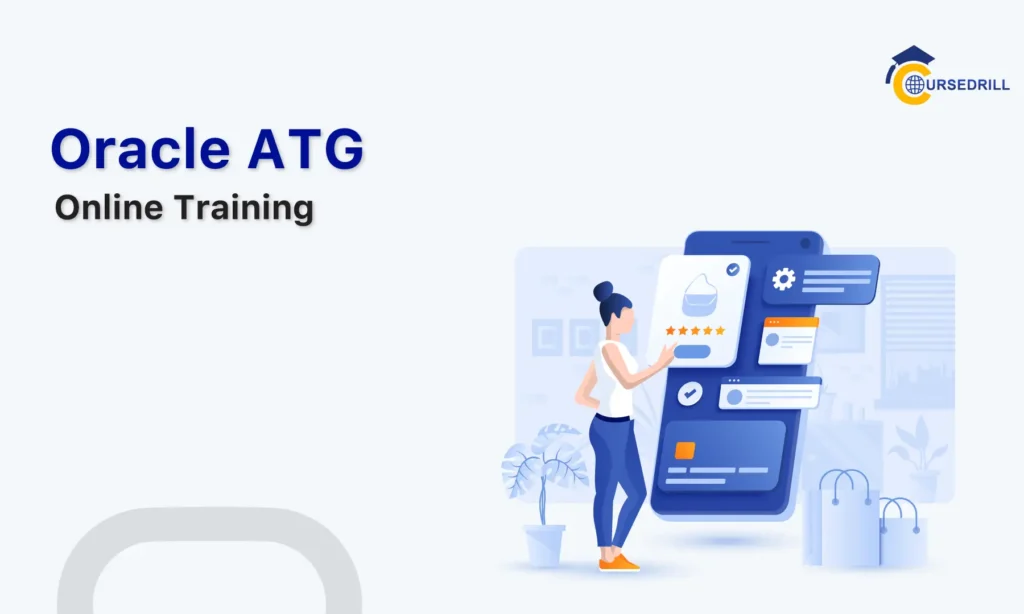- Posted on
- admin
- No Comments
Adobe Analytics Interview Questions to prepare in 2021
Are you looking for Adobe Analytics interview questions? Then you have come to the right place! Here we have gathered a bundle of Adobe Analytics interview questions suitable for freshers and experienced candidates. Practicing these questions would build confidence in you and make you ready to face any complex interview. Let’s get into the Adobe analytics interview questions and answers part.
Frequently Asked Adobe Analytics Interview Questions and Answers
1. What is Adobe Analytics?
Adobe Analytics is a tool that provides new methods to analyze the data. This tool is most commonly used by many organizations to define the audience and power customer BI. Adobe Analytics is also known as Web analytics, which is created to collect, report, measure, and analyze the company’s data.
2. What is the key difference between Google Analytics and Adobe Analytics?
Google Analytics supports third-party integration within data analytics languages like R and Python. Adobe Analytics constantly improves integration using third-party tools.
Google Analytics doesn’t have any customer support team, whereas Adobe Analytics maintains a 24X7 customer support team.
Learn Adobe Analytics from industry expert trainers and become familiar with all the aspects of Adobe Analytics. Check out our Adobe Analytics Training and Certification Program here.
3. Is Omniture the same as Adobe Analytics?
Omniture is a company acquired by Adobe and generated an Omnisite catalyst. This new product was named Adobe SiteCatalyst. Finally, Adobe SiteCatalyst is called Adobe Analytics.
4. What is the use of Serialization in SiteCatalyst Metrics?
Serialization is one of the methods used to De-duplicate the SiteCatalyst Metrics.
5. Where does Adobe store the data?
Adobe uses report suites to store the data, and you just have to log in to get the data in a report suite and create reports.
6. What do you know about SiteCatalyst?
SiteCatalyst is a tool used by employees to enhance customer resolution goals. There are various settings available in SiteCatalyst by which you can customize your particular results.
7. Is there any limit for the number of report suites used by an organization?
No, an organization can use as many report suites as they want. There is no limit to it.
8. What is KPI?
KPI is abbreviated as Key Performance Indicator. KPI is generally used to measure the performance of the company. Using this, you can define how close your company is to reach its objectives and goals.
9. What is the use of conversion metrics?
The term conversion metrics is used to know the number of customers who performed or were involved in the predicted way. Conversion metrics are used to understand which customer acted as expected; it also displays the marketing policies.
10. What is the maximum size of the variable s.channel?
The maximum size of the variable s.channel is “100 bytes”.
11. What is pathing?
Pathing is nothing but a path that the user takes within your site.
For example:
If a person visiting your Page X visited page Y through the link on page X and then visited your page Z through the link on page Y., this circumstance is known as pathing.
12. What is a Dashboard?
Just as you see in cars, the dashboard collects and shows the critical information collected from various sources inside one accessible place. A Dashboard is a tool used for managing Business intelligence and data.
13. List the benefits of an executive dashboard?
The four essential benefits of an executive dashboard are:
Scorecards: scorecards are insights that tell us about the performance of a particular employee.
Performance management: performance management gives us an idea of how different departments in the company are reaching their goals.
Time Management: execute dashboard reduces the time spent by using drill-downs and cohesive reports.
Visibility: visibility gives access to high-level goals and metrics so that the organization steps towards its success.
14. What is the main functionality of eVar?
The primary functionality/purpose of eVar is to see the conversion event concerning data dimensions.
15. What is the process to share a dashboard?
We can share the dashboard in two steps:
Step1: just go to the dashboard that you want to share.
Step2: click the share option and select the objects to share.
16. Is it possible to connect Adobe Analytics to a data warehouse?
Yes, we can connect Adobe Analytics to a data warehouse that will combine the entire data in external and internal data storage.
17. What is the use of the “compare date” feature?
When you are willing to compare dates within the calendar module, you have to use the “compare date” feature.
18. Which variable is used to catch the URLs that cause 404 errors?
Using page variables, we can catch the URLs that cause 404 errors.
19. What is the use of Multi-suite tagging?
Using multi-suite tagging, we can send the “same trace data” to the various reporting suites.
20. Does a comma in the product name create disturbance?
Yes, adding a comma in between your product name treats everything after the comma as an individual product, revenue, category, or unit within the s.product.
21. What is Prop?
A prop is nothing but a custom traffic variable that allows us to combine custom information with particular traffic events. These Prop variables are inserted into the implementation code on every page of the website.
22. What is the process to create a custom report?
We can create a custom report in source & associated with different steps they are:
Step1: First of all, we have to execute the report and then arrange them as needed.
Step2: in the second step, we have to click on the Details button, and then we can create a custom report.
Step3: in this step, name the created report and then save it.
Step4: do not forget that you can create two reports with the same name.
23. What is the use of a segment?
Segments enable us to recognize the visitors based on the website or the character interactions. Using segments, we can build particular needs and edit, verify and share with other teams.
24. List various types of market segments?
There are four different types of segments they are:
- Psychographic segments
- Behavioral segments
- Geographic segments
- Demographic segments
25. What is psychographic segmentation?
Psychographic segmentation is a market segmentation technique where the company employees are divided into groups according to the psychological traits of their customers. Psychographic segmentation mainly concerns “what” people do and “how,” they think.
26. List the different types of behavioral segmentation?
There are four different types of behavioral segmentation they are:
- Purchase behavior
- Customer loyalty
- Benefits sought
- Based on occasion purchase
27. Differentiate between Psychographic and behavioral segmentation?
Psychographic segmentation refers to organizations’ customers as individuals and tries to know their lifestyle and understand them, whereas behavioral segmentation measures customer actions.
28. What is the process of collecting data in Adobe Analytics?
Adobe Analytics collects the data in three steps they are:
Step1: firstly, a visitor has to visit your page, which contains the code that collects data.
Step2: as the page loads, the code sends the request in the form of an image to the Adobe Data Collection servers.
Step3: and finally, Adobe saves that data.
29. What kind of data can we collect using Adobe Analytics?
We can collect the below-mentioned data using adobe analytics:
- In-store or online purchase
- Customer satisfaction
- Cancellations and returns
- Ad campaign
- Goods sold and cost of the product
30. What is the primary purpose of SAINT API?
SAINT is abbreviated as SiteCatalyst Attribute Import Naming tool. The primary purpose of SAINT API is that it will import metadata to aggregate and describe report values
Final Thoughts:
Finally, we have reached the end of this Adobe Analytics Interview questions and answers blog. Gaining knowledge of these questions would help you in clearing the interview with ease. Stay tuned to this blog for the latest interview questions asked by the top companies like Capgemini, Accenture, IBM, Infosys, Cognizant, and many other companies. All the very best for your interview and happy learning!
Author Bio

Yamuna Karumuri is a content writer at CourseDrill. Her passion lies in writing articles on the IT platforms including Machine learning, Workday, Sailpoint, Data Science, Artificial Intelligence, Selenium, MSBI, and so on. You can connect with her via LinkedIn.
Popular Courses



